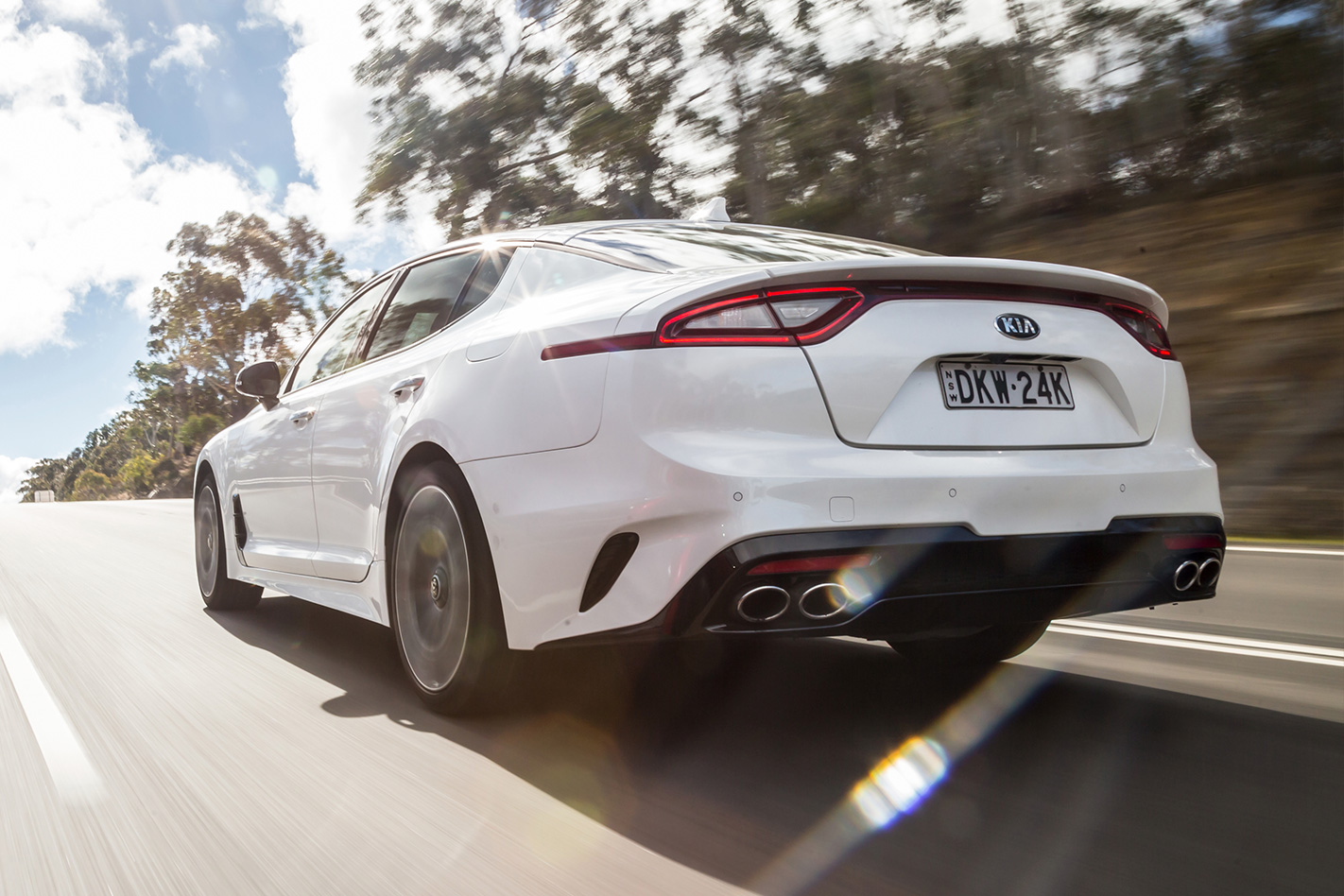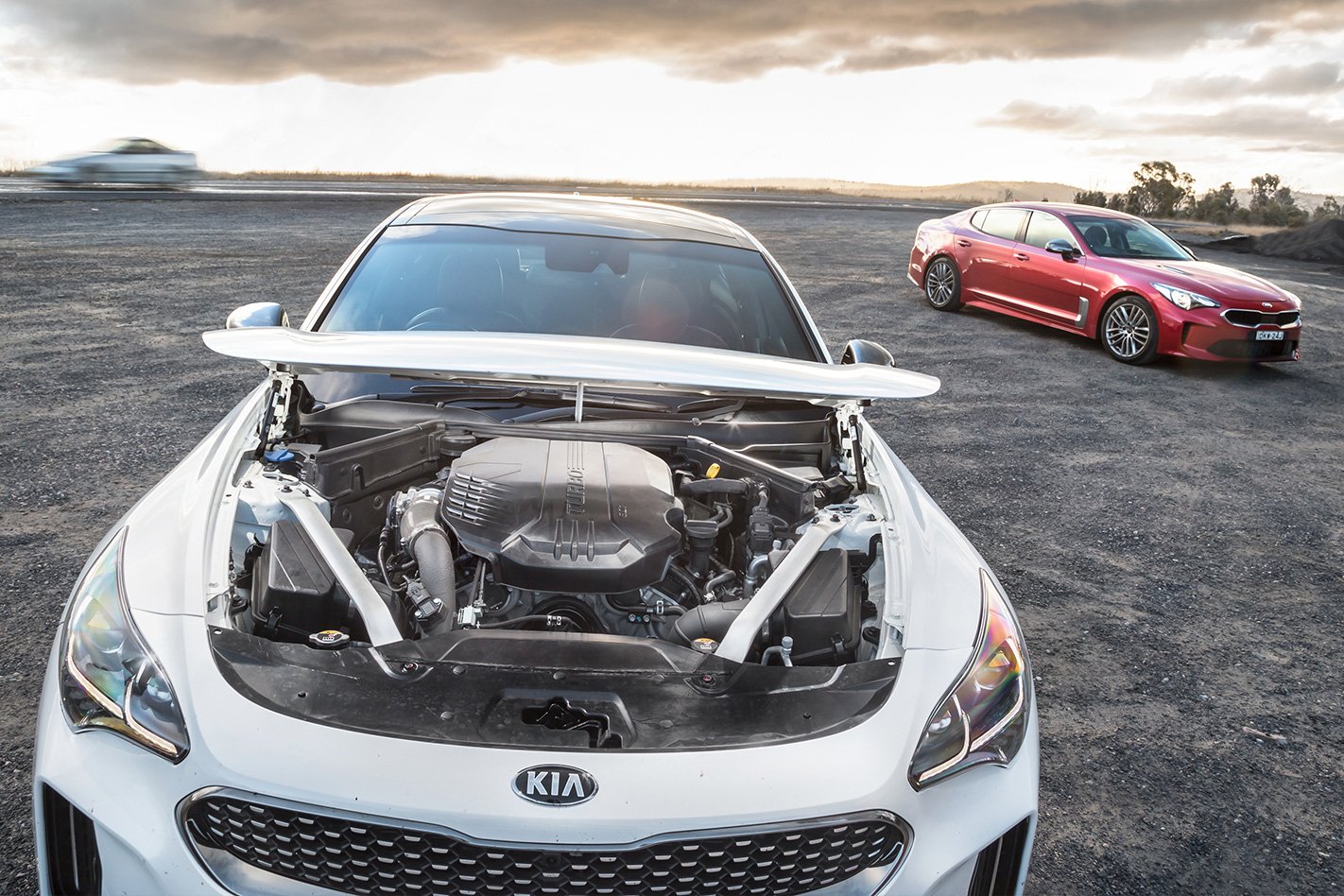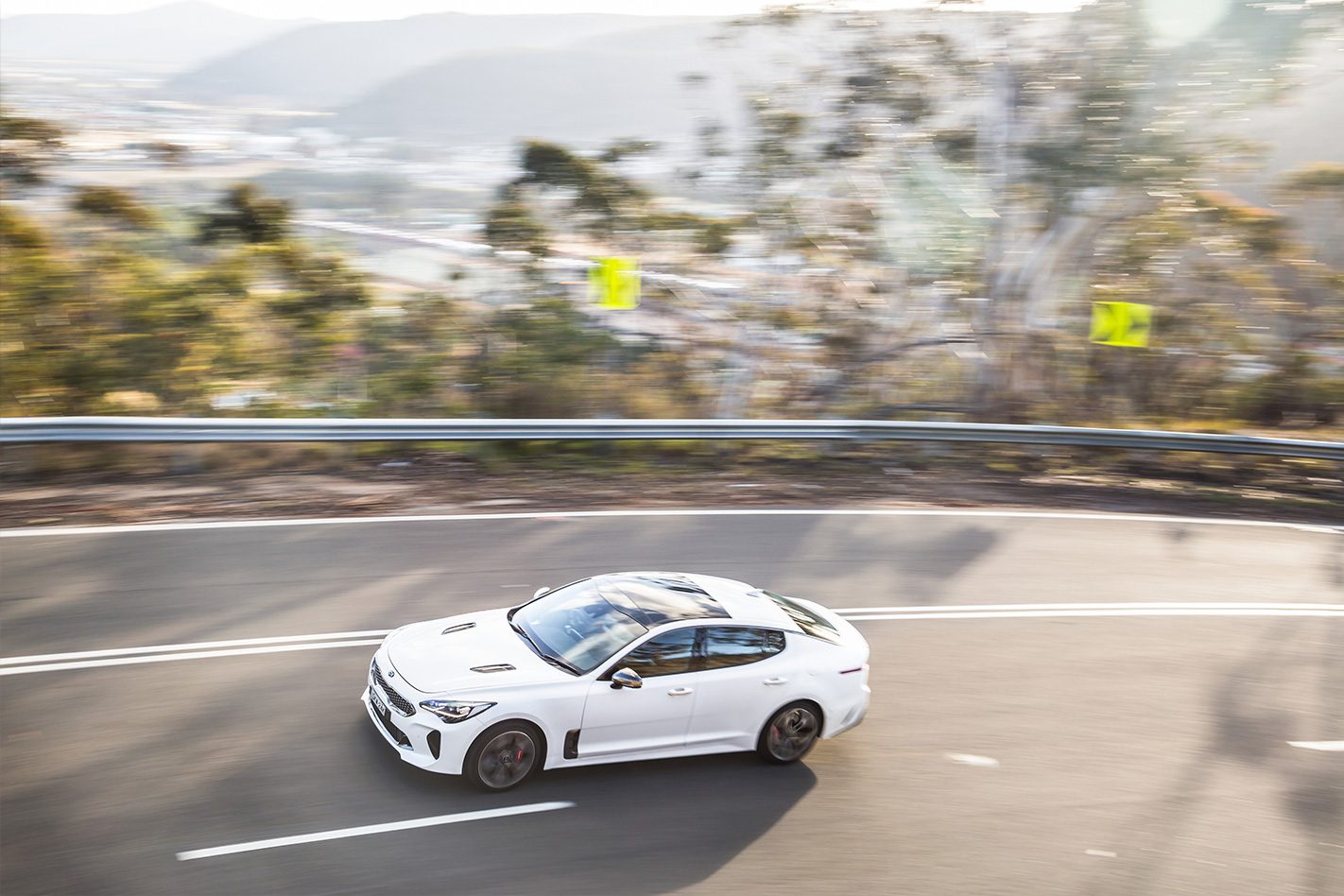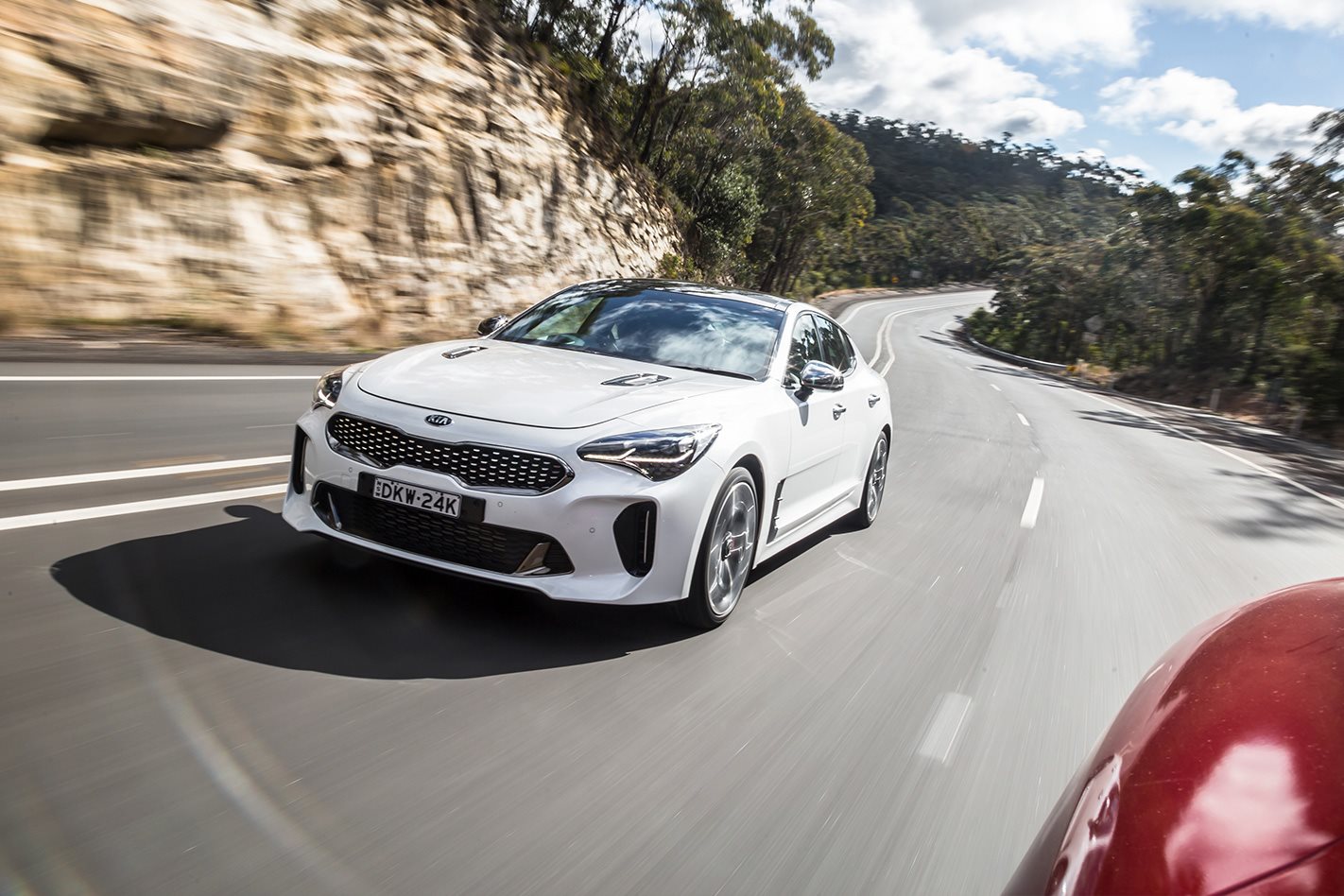THE Kia Stinger has so much untapped potential it could one day spawn the Korean car maker’s equivalent of Toyota’s TRD sub-brand, the architect behind the rear-drive sedan’s suspension tune believes.
Graeme Gambold, the suspension specialist who adapted the upcoming Stinger’s ride and handling to Australian conditions, says the CK sedan chassis – and potentially its engine – still have much more to give in terms of performance.
According to Gambold, there’s much more potential to be unlocked in the front-engined, rear-drive Stinger, and the clue is in the Subaru-style differential used down the rear. “Apparently it’s very strong and robust, no problem, can handle more grunt and all those sorts of things, so I don’t think they’ll have any problem winding the wick up” he said.

At the moment, the Stinger’s in-house eight-speed automatic is likely to be the fuse, rated to about 500Nm. Once you get over 500Nm it’s a big ask for the trannie,” Gambold said.
““So ZF, for example, with the 8HP transmission that’s in all the BMWs, they spec them … it’s the same transmission, for example, in the BMW 1 Series as it is in the BMW 7 Series but the iterations are different – the 7 Series will take nearly 1000Nm and the 1 Series obviously doesn’t need that, so they spec down.
“I would imagine this transmission is in early days because it is new, but they will add to its design concept to beef it up as they want to. And the engine, if you look at the design spec of the V6, it’s not stratospheric.

Time for some maths: Dividing the turbo four-pot’s 182kW and 353Nm by 2.0 litres gives 91kW/l and 176.5Nm/l. Multiplying that by 3.3 yields 300kW and 582Nm – a big step up from the 272kW/510Nm of the current car – and that’s on 91RON fuel, not the higher octane 98RON fuel that would allow Kia to advance the spark and up compression ratios.
Just like the engine, the suspension system has more to give, Gambold said. “A lot of the parts of this car aren’t extreme, nowhere near RS or M level components in terms of spring rates and bar and shock absorber sizes and distances,” he said. “The car has a lot of dynamic scope in it … they’re [the suspension tunes] not aggressive yet.”
However, any more aggressive tune would also need changes to the “mechanical hard parts” as well as the magnetorhetorical active dampers used on the most potent 272kW GT-badged version of the Stinger.

“If we put it on very hard, it’s like welded, you know, bone-jarring. Put her on comfort, and it’s like it has no damping.”
Gambolt said he would have liked to take the Stinger’s suspension further than what has rolled out in the GT, aiming more at the “sports enthusiast driver, but we hit a limit on where you can get to” – in other words, his team ran out of time.
“Kia sets a production close-off date that is usually close of business on a particular Friday on a certain month of the year. We’re usually working right up to the death knell on that Friday night to put the report in,” he said. “We used every last minute we could.”

“If we don’t do it, give ’em a week and we’re sure the aftermarket will be on it.”
Kia will test the waters with a bimodal exhaust system for the V6 that will become a dealer-fit option, hopefully in time for the car’s October 1 on-sale date. The “hotdog” system, similar to that used by HSV, adds bypass systems to the twin rear mufflers. The system is also being explored for the 2.0-litre versions.





